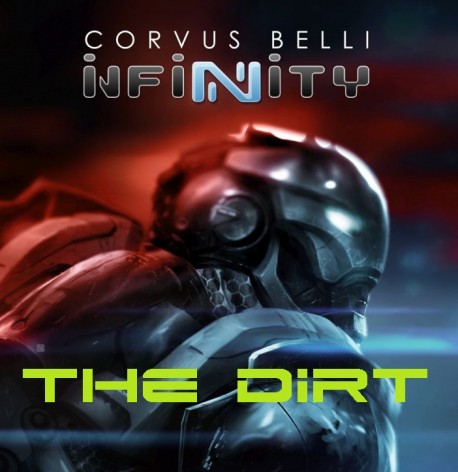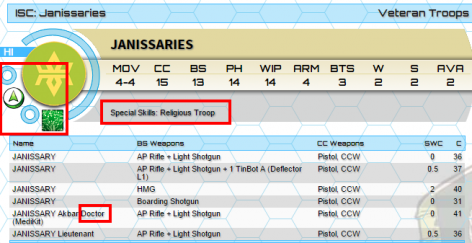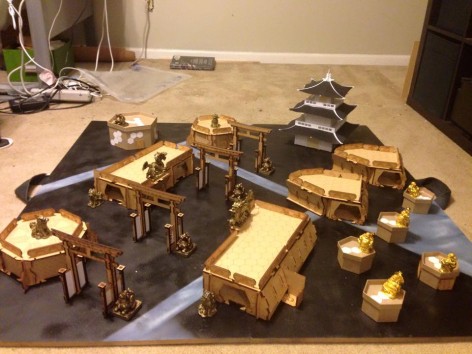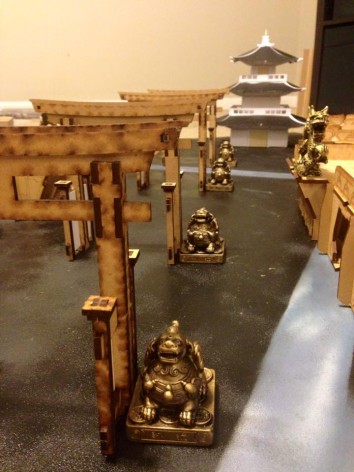The DiRT – Learning HOW to Read Infinity N3
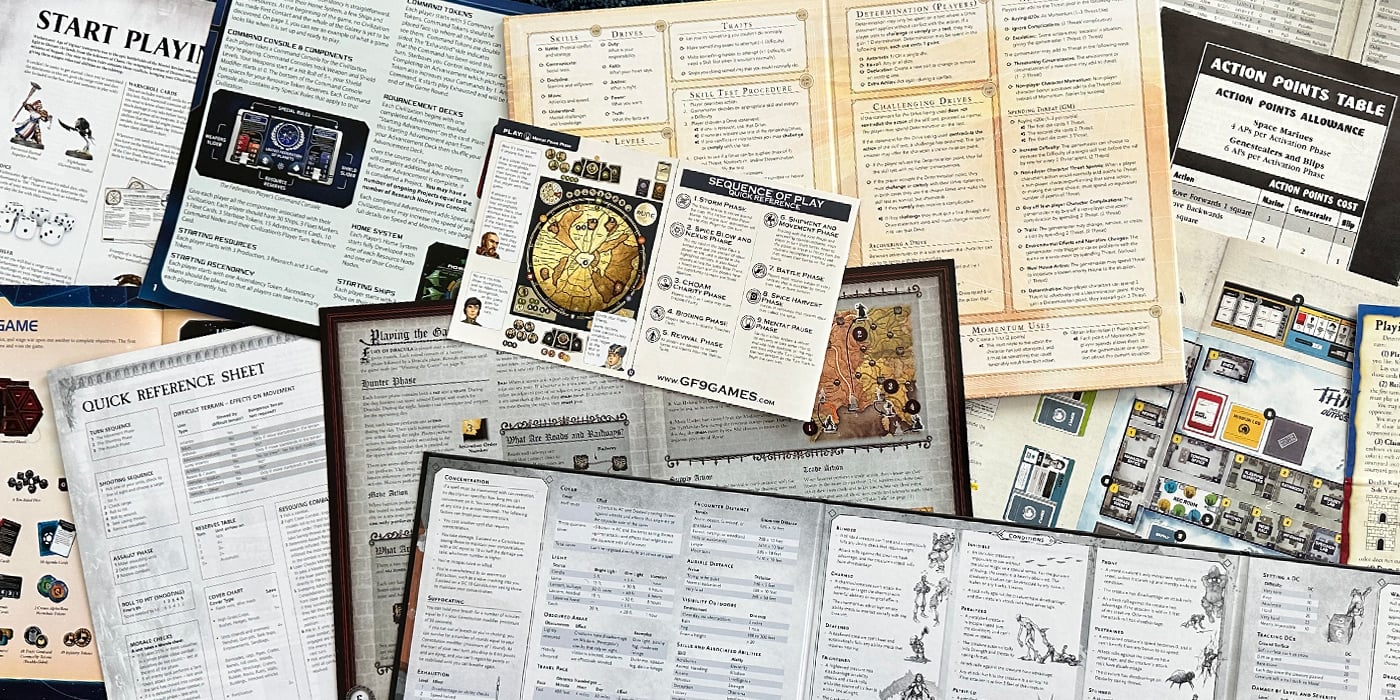

Knowing HOW to read Infinity N3 rules will get you into games much faster.
For anyone who has been playing Infinity for more than four months, it’s not a secret that the 3rd edition rule set is a much easier set of rules to read and provides fewer ambiguous moments than second edition. Regardless, for the new player, sitting down and reading the rule book cover to cover is hardly the best way to approach this game. You will learn more each time you play the game, than you will reading the rules. Yes there will be those “Sheldons” (reference the Big Bang Theory) who have didactic memories and will just absorb it like a sponge. But I’m betting that they are not reading an article on how to read a rule book they’ve already memorized. So let’s break it down.
The NEWS – Rating Rules Necessary vs Situational
Save yourself approximately 50% of the time you will need to get into your first game, by isolating those rules that fall into the more core components of the game.
In short, you will want to read:
- Basic rules (pages 17-31)
- Combat Rules (pages 33-45)
- Characteristics and COMMON skills (pages 47-64)
When you’re done reading those pages. You should create your first army list. What miniatures should you take? Typically it’ll be a starter box or maybe a starter box and one other miniature. The big thing is that it does not matter right now what you take, rather what you take determines the rest of the rules you will need to absorb for your first game.
The Skinny – Most of the rest of the rules can be skipped
I can feel a few Infinity veterans losing their minds right now, but it’s the truth. There’s little doubt that without exposure to the rest of the rules, you will often be surprised by tactics that veteran players will bring to the table. But trying to absorb all of the rules outside of a game’s context is also unrealistic. So where do I look at my army list to know what “special or conditional” rules I should be focusing on? Let’s take a look at a vanilla Haqqislam list that I was starting using the models in the Haqqislam starter box.
- Side Note, when players talk about “Vanilla” lists, they mean that they are creating lists that are not “Sectorial” lists. In game terms it means that they can use ANY model from that faction (Sectorials have unit selection limitations). With the exception of Tohaa, vanilla lists cannot bring fire teams (groups of models that act by using only a single order).
This screen capture was taken from Infinity Army V (the official Infinity Army list gernator):
Box 1 shows you the weapons you are taking. It would be important to take a moment to review their range bands to get familiar with how they are used. The good news is that this information (for the most part) is printed out for you with your army list. But knowing what fire ammunition does (in the case of the Naffatun) would be useful and not present in the PDF generation of your army list.
Box 2 shows you the number of regular, irregular, and impetuous orders that your list will provide you (assuming your Lt is still alive and you are not in a retreat state). This is not truly conditional information as you would have covered reading the rules governing this in the “Characteristics” section.
The Janissary was just added to this list, so on the screen of Infinity Army V is the listing of all Janissaries…
Starting with the top left red box and moving clockwise. The first box is a series of icons that show if the unit has a cube, their order type (regular/irregular), if they are subject to frenzy or a type of impetuous order, and if they are hackable. Knowing this, will allow you to assist your opponent who might know if something he has impacts a miniature with a cube (for example).
The next box is the model’s special skill list, in the example above, it would be expected that a person playing a list with a Janissary knows the Religious Troop Rules.
Some Special Skills are really identifiers on a version of a troop. For example, you can have a Janissary Doctor, but not all Janissaries are doctors. If you were to grab the doctor version of the model…. you would want to know what “Doctors” can do.
The Dirt – Let’s start running through the rules
So with this in mind, I thought it might help if we just started going through all the rules, beginning on page 17 of the N3 rules book. Silhouette templates are new in Infinity 3rd edition. The primary purpose of the silhouette is to standardize a models’ volume without putting that restriction on the miniature designer who would much rather provide awesome looking dynamic poses.
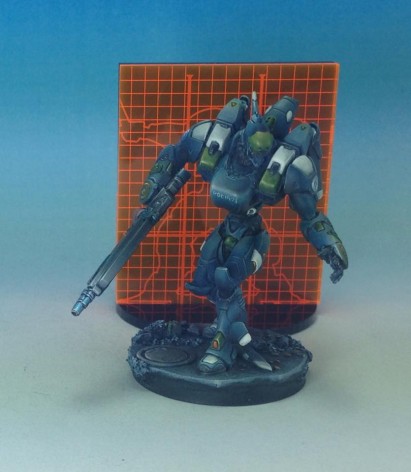 photo provided by Thomas Schadle
photo provided by Thomas Schadle
Page 18 – Line of Fire. Models have at least a 180 degree field of vision. It can be expanded (via a 360 degree visor or if it’s an active player’s model that is moving), but every model has a field of vision in its front arc. If you are able to draw an imaginary straight line that joins from any point in a model’s volume (as defined by the silhouette) to a point that is at least 3mm x 3mm in the opposing model silhouette and that model is in your field of vision, it is said that you have LOF to the opponent’s model.
The concept of mutual awareness. If model a can see model b and model a is inside the field of vision of model b. Model b CAN see model a. So if you move a prone model under a lower over hang of a building and fire at your opponent’s model’s feet. It is assumed that the opposing model will simply kneel down and fire back or be aware and dodge.
Models in close combat (and have bases touching their close combat opponent), have a 360 degree field of vision but only in respect to those they are fighting in CC. Their 360 degree field of vision does not extend to models that are not in base to base contact.
Friendly models can not be targeted and block line of sight with opposing models.
In 2nd edition, they did not specify 3mm x 3mm, and instead just said that you had to see a portion of the model (not their weapon) that was at least the size of the model’s head (which is often considerably larger than 3mm squared). So why did this change? It was to remove questions and ambiguity of when a model is prone and only the height of their base (which is approximately 3mm high). So why do I make the point of mentioning this? Look at the image of the TAG above. In many instances there will be a 3mm height difference ABOVE where the model concludes that could represent a targetable area.
Infinity Images
I have been really wanting to do a Yu Jing themed dynamic story driven campaign. I caught a glimpse at a table being put together by Mark Manlapas, and my mind went back there almost immediately. By the way, if I ever do finish writing up that campaign, everyone is welcome to come play. I think it’d be wild to manage the results of 20+ tables playing to determine what happens in the story arc.
So that’s the the news, the skinny, and the dirt of dealing with reading the N3 rules. Up next, we will continue walking through the N3 rule book. As always, you can find me here, on Facebook, or on YouTube.

